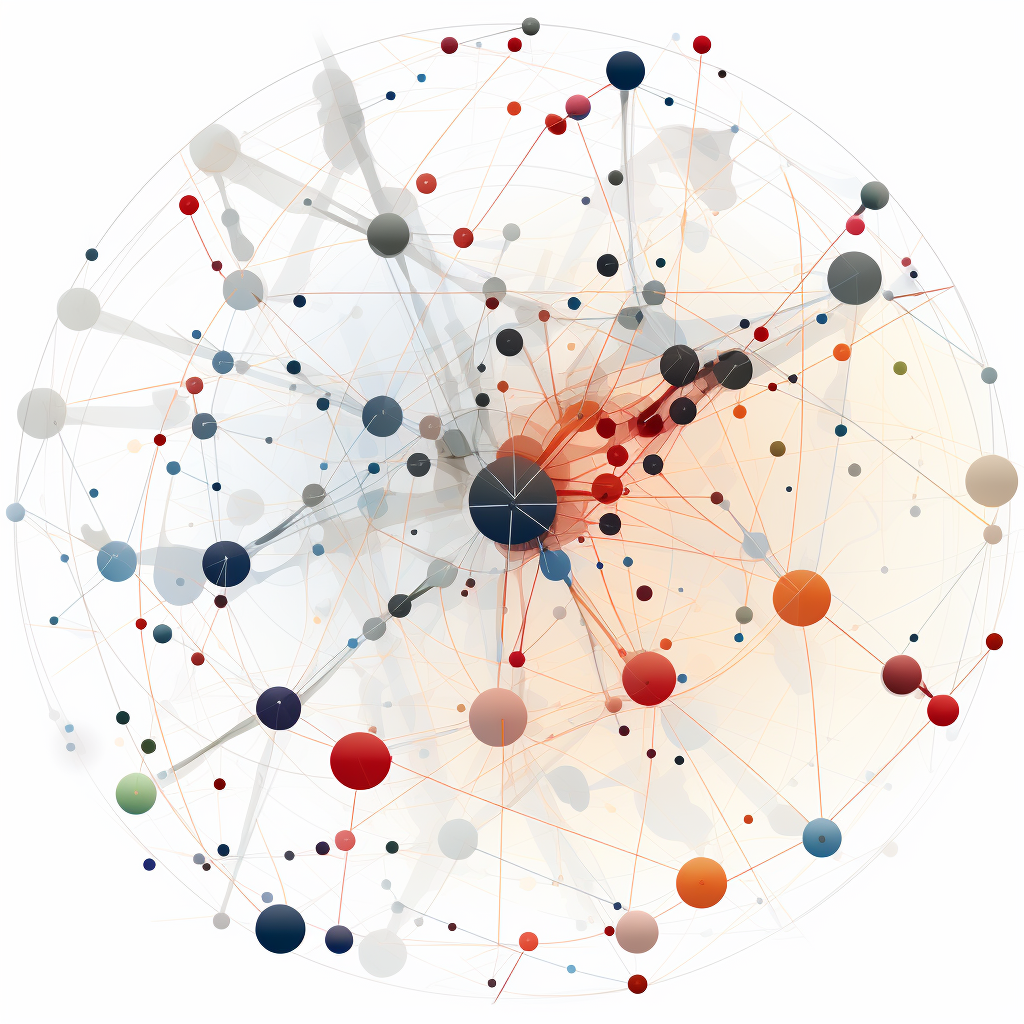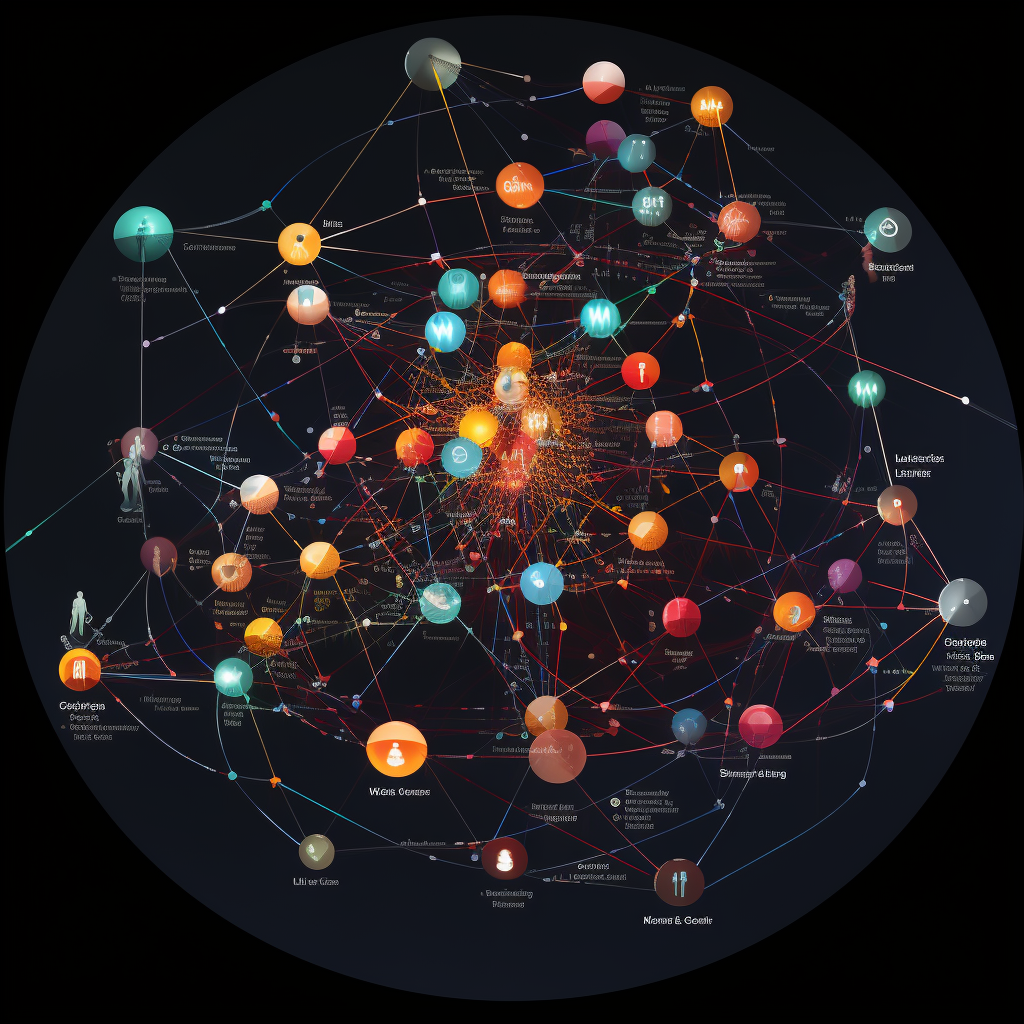
Find the index and earlier parts of this series here.
We’re almost there! Thanks for sticking with me on this journey. In this final part, we’ll integrate replies and comments into your static website.
Motivation Integrating replies is quite similar to how we handled subscriptions. Since our posts now exist in the Fediverse, we want to treat them as first-class citizens. This means replies to our posts should appear on our site.

You can find the index and other parts of this series here.
We are almost done! Thank you for coming all the way into this journey. In this part we will learn how to broadcast (aka federate) your site posts to your folowers.
Overview The federation of your posts (aka. sending your posts to live infitely in the fediverse) is pretty straighforward:
sequenceDiagram BroadcastTool->>Storage: Retrieve followers (actor uris) BroadcastTool->>Follower-instance: Get actor info (including inbox uri) BroadcastTool->>Filesystem: Get note json (post) BroadcastTool->>Follower-inbox: Send a create action (wrapper of note) In a few words, you will iterate your list of followers, get their inbox url, and send a request to such url to create an fediverse object (note, article, etc.).

You can find the index and other parts of this series here.
Let’s dig in into the most controversial part of my guide: the inbox. As far as I know, there is no way to make this inbox static. However, thanks to the fact that ActivityPub does not require the inbox to share the same domain as the other elements, we can host it anywhere.
I believe it could be controversial for two reasons. First, it is not truly static; you require a backend somewhere running on some kind of server. The second reason is that I am using Azure, and I know from the get-go that will put some of you off. But I believe this guide is still valid, as you can easily deploy to AWS, GCP, or even Vercel. I am writing this in .NET, but as you may already know, translating the logic should be trivial for most modern languages. I will actually encourage people to contribute these implementations to my repo and make it our repo.

We will take a break from discussing ActivityPub concepts, and I’ll explain how I implemented a very simple “Subscribe” feature for this blog using Mastodon/Fediverse accounts. You don’t need to have your site/blog ActivityPub enabled for this; you will only need a Fediverse account and basic html/css knowledge.
You can also navigate the other parts of this series here.
The Motivation The motivation behind this simple feature is quite strong:

In this blog post, we will explain how to generate the outbox and notes, ready to be shared in the Fediverse.
You can also navigate the other parts of this series here.
Overview In the previous blog post, we created the actor endpoint as a static file. As explained there, this file has a pointer to the outbox, which is a collection of notes. A note in the ActivityPub protocol represents an activity, such as a toot, photo, comment, etc. (hence the “Activity” in ActivityPub), and in our case, it will be the representation of a blog post.

In this blog post, we will explain how to make your blog discoverable in the Fediverse as an account, and also address some of the annoying pitfalls I encountered. So let’s get started.
You can also navigate the other parts of this series here.
Overview To enable discovery, we need to implement the webfinger endpoint and the actor file.
As shown in the diagram, Mastodon will first reach the webfinger, which points to the actor file. The actor file, in turn, points to other endpoints such as outbox, inbox, followers, and following. I have included this diagram so you can refer back to it for visual cues while reading this post.

Rediscovering Human Connection While AI may be the buzz today, I believe there is other technology gaining traction with a significant impact, paradoxically in the opposite direction—people taking control back from machines.
I began evangelizing Linux and FOSS in the early 2000s. I was an idealist fueled by the vision of a digital world built on collaboration, transparency, and freedom. I never really thought that “this was the year of Linux on the desktop,” but I was happy to spend hours configuring X.org and, in the process, destroying one or two monitors.



